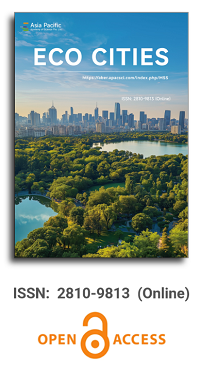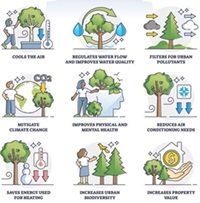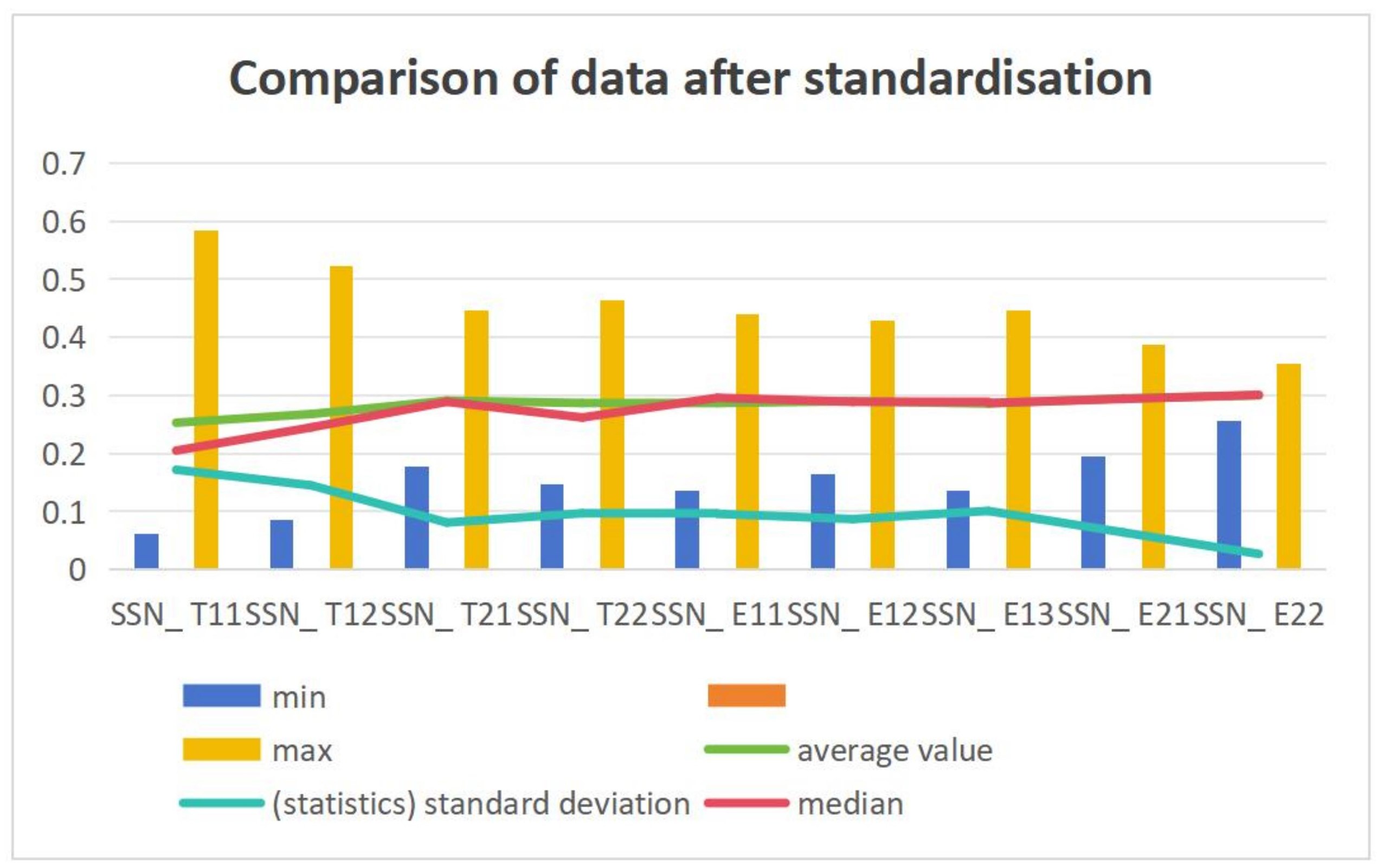


This issue will explore how to solve problems in urban governance from new perspectives. Innovative research tools and perspectives, such as artificial intelligence technology, edible landscapes, and the positive impact of the COVID-19 pandemic, have been shown to significantly improve urban operations and development. In addition, this issue also includes research on improvements to urban infrastructure and the challenges it faces, providing useful information for relevant researchers.
Issue release: 30 June 2023
In the context of the persistent food crisis and shifting societal dynamics, the concept of ‘edible landscaping’ has garnered increasing attention. Edible landscaping entails integrating food production into urban green spaces, offering a novel approach to address both food security and environmental sustainability. However, in China, conflicts regarding urban green spaces have arisen due to inadequate legal frameworks and management strategies. Gaining a better understanding of residents’ behavioral intentions and willingness to participate will provide support for future intervention measures by decision-makers. This study proposes an extended model based on the Theory of Planned Behavior to investigate the effects of individual attributes on behavioral intentions. An online questionnaire survey was conducted in Hefei, China, for hypothesis verification. The findings indicate that residents’ intention to participate in edible landscaping is influenced by perceived benefits and costs, attitudes, perceived behavioral control, and subjective norms. Multi-group analyses reveal the moderating effects of past behavior, age, and gender on the proposed models. This study underscores the significance of promoting the benefits of edible landscaping while mitigating unfavorable factors. Additionally, it is important to consider the specific needs of different population groups. These findings have practical implications for future planning, implementation, and management of edible landscaping initiatives.
Issue release: 30 June 2023
In the realm of waste management, efficient route optimisation for municipal solid waste (MSW) collection is becoming increasingly crucial, particularly for developing nations with budgetary considerations. This study leverages the capabilities of the geographic information system (GIS) and integrates the Dijkstra algorithm to enhance route optimisation for MSW vehicles in Bahrain. Utilising comprehensive local vehicle routing data from Urbaser and applying GIS methodologies, three distinct areas in Bahrain were methodically analysed. The results revealed a notable 55% reduction in travel distance, a 17% decrease in time, and a yearly fuel cost saving of 6405 BHD (16,974 USD) in the optimal scenario. Given these findings, the potential applicability of this optimisation algorithm extends beyond Bahrain, suggesting significant benefits for regions with similar challenges. To further refine this approach, the integration of real-time traffic data into the routing algorithm is recommended. Other additions to the optimization process could include additional parameters such as safety.
Issue release: 30 June 2023
Transportation and land use are interrelated and should be investigated simultaneously for sustainable urban. This paper investigates the interaction between transport and land-use systems using TRANUS model, to support the sustainable development of the London city, provide implicative information for London Mayor’s Transport Strategy (MTS), and reduce transport energy use and CO2 emissions. Three infrastructure improvements scenarios for 2025 for MTS are examined. Results show that the trips will increase from 2012 to 2025 by over 1 million. High-occupancy car, bike, rail and tube are still the main transit, and CrossRail will be increasingly recognized. The transport energy use in 2025 high scenario is the smallest compared to 2025 baseline and low scenario. The transport CO2 emissions show difference for these three 2025 scenarios, with low and high scenarios having smaller transport CO2 emissions than baseline. These have informative implications for UK national infrastructure plans, and suggest that accounting environmental benefits of infrastructures will contribute to reduce the underinvestment in infrastructure.
Issue release: 30 June 2023
This study employs a machine learning methodology, specifically the decision tree algorithm, in conjunction with the Quantum Geographic Information System (QGIS), to conduct a rigorous analysis of traffic accident data. The research aims to investigate various factors associated with traffic accidents, with a particular emphasis on their spatial distribution and the socio-economic determinants contributing to recurring accidents caused by drivers. The study focuses on the city of Duhok, located in the Kurdistan Region of Iraq, and utilizes a questionnaire to collect data from drivers regarding accident locations and the frequency of accidents within the past decade (from 2010 to 2020). The findings of the study reveal that the city center experiences the highest concentration of accidents, while severe collisions tend to occur in specific “black spots” scattered across the city’s road network. The decision tree model, employed to classify drivers with multiple accidents, identifies the primary causes of accidents as traffic conditions, traffic law violations, and overspeeding. Furthermore, the accident locations are found to be influenced by various factors, including different types of road hierarchy. The age and gender of drivers also contribute to accident patterns. These research findings have practical implications for enhancing road safety measures and reducing the frequency of traffic accidents. The utilization of machine learning techniques, combined with the analysis of spatial data through QGIS, provides a comprehensive understanding of the underlying factors contributing to accidents. Moreover, this research contributes novel insights to the field of road traffic accidents and safety, particularly in the context of the city of Duhok in Kurdistan Region, Iraq, and provides a valuable reference for future studies in the domain of road safety and urban planning.
Issue release: 30 June 2023
The utilizability of non-flammable refrigerant R471A with low-GWP is theoretically investigated in an air-conditioning system. In this context, R410A, R32, and R471A are compared for the evaporation temperatures of 4, 8, and 12 ℃ with the condenser temperatures of 40 and 50 ℃. The results indicate that both the mass flow rate and power consumption of R471A are higher compared to R410A and R32. Although COP of R471A is determined to be smaller than R410A and R32 by about 19% and 22%, R471A can satisfy the restrictions for air-conditioning systems due to its considerable low-GWP compared to R410A and R32 (GWP of R471A is lower by 78% and 93% in comparison with R32 and R410A, respectively). Hence, it should be possible to suppress global warming through the reduction of carbon emissions as a result of using R471A in these systems. Additionally, since R471A is non-flammable, it can be safely used for systems requiring a high amount of refrigerant charge without violating the restrictions.
Issue release: 30 June 2023
The city as a living system and a dynamic structure throughout history, from birth to the present day, has shown a flexible attitude to the challenges ahead and has been constantly trying to overcome the challenges and reproduce its elements for the opportunity to become efficient and usable in the future. In the face of the corona pandemic challenge, the city has acted in the same way, shown reciprocal behavior, and tried to overcome this crisis effectively. Therefore, city planners and managers must approach the healthy city and its elements with a different approach and perspective. Apart from the destructive effects it has had on the human body and soul, the corona pandemic has also changed the quality of life in cities and their environments so much that new living patterns have been formed and some of the past structures have been discarded. For this purpose, after studying the literature review and the international experiences, the dimensions, factors, and effective indicators of the corona pandemic have been identified. The present study is a descriptive-analytical type, and the desired findings have been explained through a questionnaire using quantitative and qualitative methods and confirmatory factor analysis tools. During the COVID-19 pandemic, the concept of healthy cities has been compromised. It has unveiled the need to give more prominence to caring tasks while addressing intersectional social inequities and environmental injustices. The results of the analysis indicate that 14 indicators including lifestyle changes and health protocols, increase in virtual socialization, reduction of inequality among different groups of people in access to the internet, promotion, and expansion of digital tourism (virtual trips), starting development of apps and start-ups, increasing small-scale commercial markets, upgrading medical equipment, increasing countries interaction in the field of health, the importance of planting trees, using public transportation, increasing public transportation capacity, designing more open and green spaces in the city, more attention to deprived areas and slums and redesign of public spaces based on the prevailing conditions will provide positive effects during the pandemic of Tehran. Therefore, in order to improve and enhance the quality of life in healthy cities, especially during pandemics, suggestions have been made.

Chinese Academy of Sciences, China
Indexing & Archiving
Asia Pacific Academy of Science Pte. Ltd. (APACSCI) specializes in international journal publishing. APACSCI adopts the open access publishing model and provides an important communication bridge for academic groups whose interest fields include engineering, technology, medicine, computer, mathematics, agriculture and forestry, and environment.


 Open Access
Open Access

.jpg)

.jpg)



